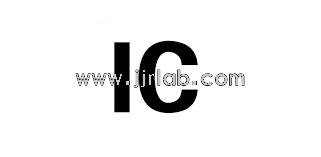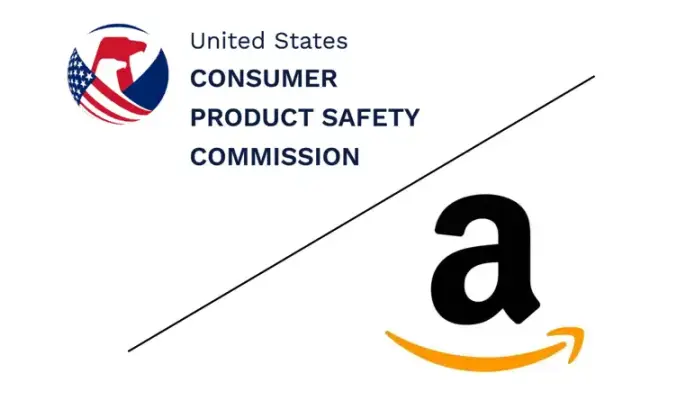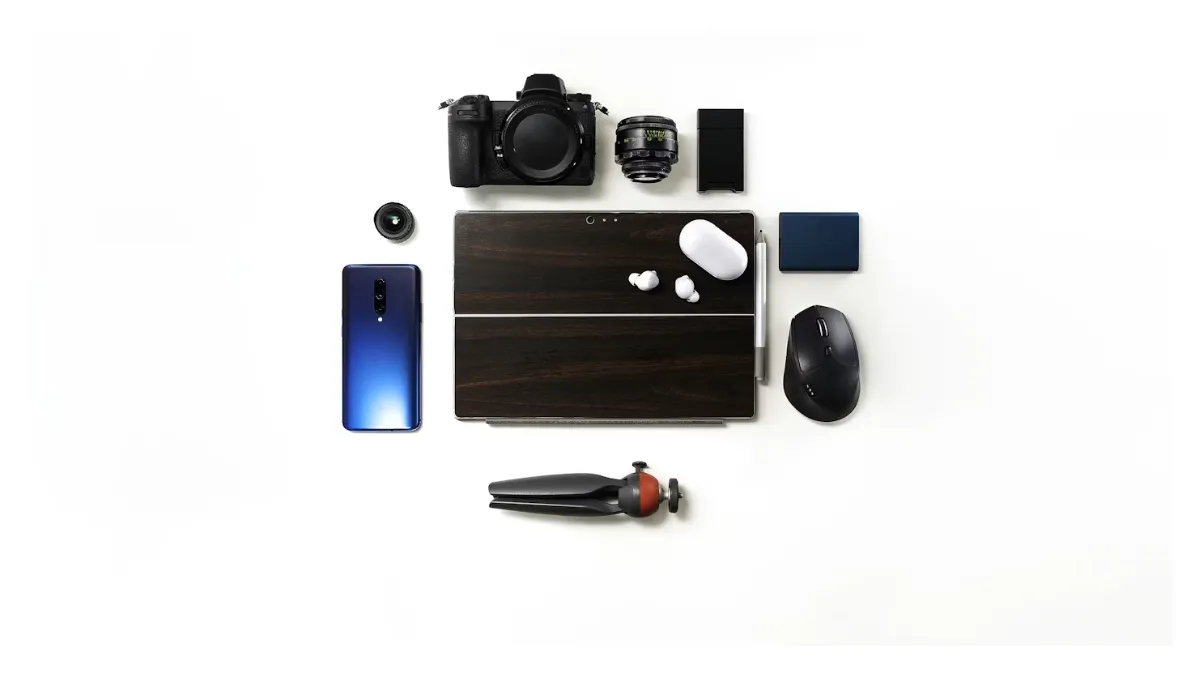
What is ISED Radio Certification?
With the increasing development and production of electronic products entering international markets, many companies often have questions such as: What is ised? and How much does ised certification cost?
Background
IC was the abbreviation for Industry Canada, which has now been restructuRED into Innovation, Science and EconoMIC Development Canada (ISED).
According to ISED’s product certification implementation program, radio equipment must comply with the technical and regULatory requirements of the Radiocommunication Act before it can be imported, sold, and used in the Canadian market.
The certification program is currently supervised by the Certification and Engineering Bureau (CEB).

ISED certification is carried out in accordance with the Radio Standards Procedures (RSP), specifically standard RSP-100.
Under RSP-100, products are classified as Category I or Category II equipment, which covers most consumer electronics.
Testing is performed according to the RSS standards and ICES standards.
Which Products Require ISED Certification for Export to Canada?
- Broadcasting and television equipment
- Information technology equipment
- Radio equipment
- Telecommunication equipment
- Communication devices
- Devices with wireless functions
Do Non-Radio Emission Devices (Ordinary Electronic Products) Require ISED?
Yes.
ISED certification is divided into the following types:
1. ISED-sdoc
- Generally applies to non-wireless products.
- Certification period: about 1 week.
- Documentation requirements: relatively simple.
2. ISED-ID
- Generally applies to wireless products.
- Certification period: about 4 weeks.
- Documentation requirements: more extensive.
Below is an introduction to the ISED-ID application process and required materials.
ISED (IC-ID) Certification Requirements
1. Required Documents
1. Application form
2. ISED ID number (up to 14 characters: CN [company code] + 8-digit product code)
3. Letter of authorization for local representative
4. Block diagram
5. Circuit diagram
6. Operational description
7. User manual
8. Test report
9. Label for each model (ISED does not accept series applications) and label placement diagram
- The label must clearly display the ISED ID number and be placed in a prominent location.
10. Internal and external product photos
11. Test setup photos
12. Technical specifications (including transmission frequency, number of channels, transmission power, modulation type, etc.)
2. Sample Requirements
1. One RF fixed-frequency sample, and one regular sample.
2. For multi-channel products, provide a fixed-frequency sample.
- For single-channel products, provide a continuous transmission sample.
3. Certification Process
1. Provide samples and required documents.
2. Laboratory testing.
3. Test report issuance after passing.
4. Client confirmation of the report.
5. Submission of the report and documents for review and certificate issuance.
Email:hello@jjrlab.com
Write your message here and send it to us
 Canada ISED Certification (IC Certification) Analy
Canada ISED Certification (IC Certification) Analy
 CSA C22.2 No.42 Compliance Test Report for Amazon
CSA C22.2 No.42 Compliance Test Report for Amazon
 FCM Food Contact Materials Compliance Certificatio
FCM Food Contact Materials Compliance Certificatio
 EN14350 Testing for Amazon Baby Feeding Products
EN14350 Testing for Amazon Baby Feeding Products
 Infant Support Pillow 16 CFR 1243/1242 & ASTM
Infant Support Pillow 16 CFR 1243/1242 & ASTM
 BRM Registration Card Under CFR Part 1130 Regulati
BRM Registration Card Under CFR Part 1130 Regulati
 How to get a D-U-N-S® Number for US FDA Registrati
How to get a D-U-N-S® Number for US FDA Registrati
 Household Massage Devices Compliance in the China
Household Massage Devices Compliance in the China
Leave us a message
24-hour online customer service at any time to respond, so that you worry!




